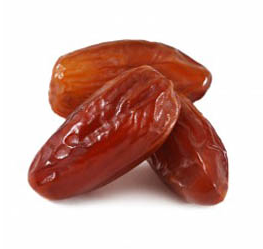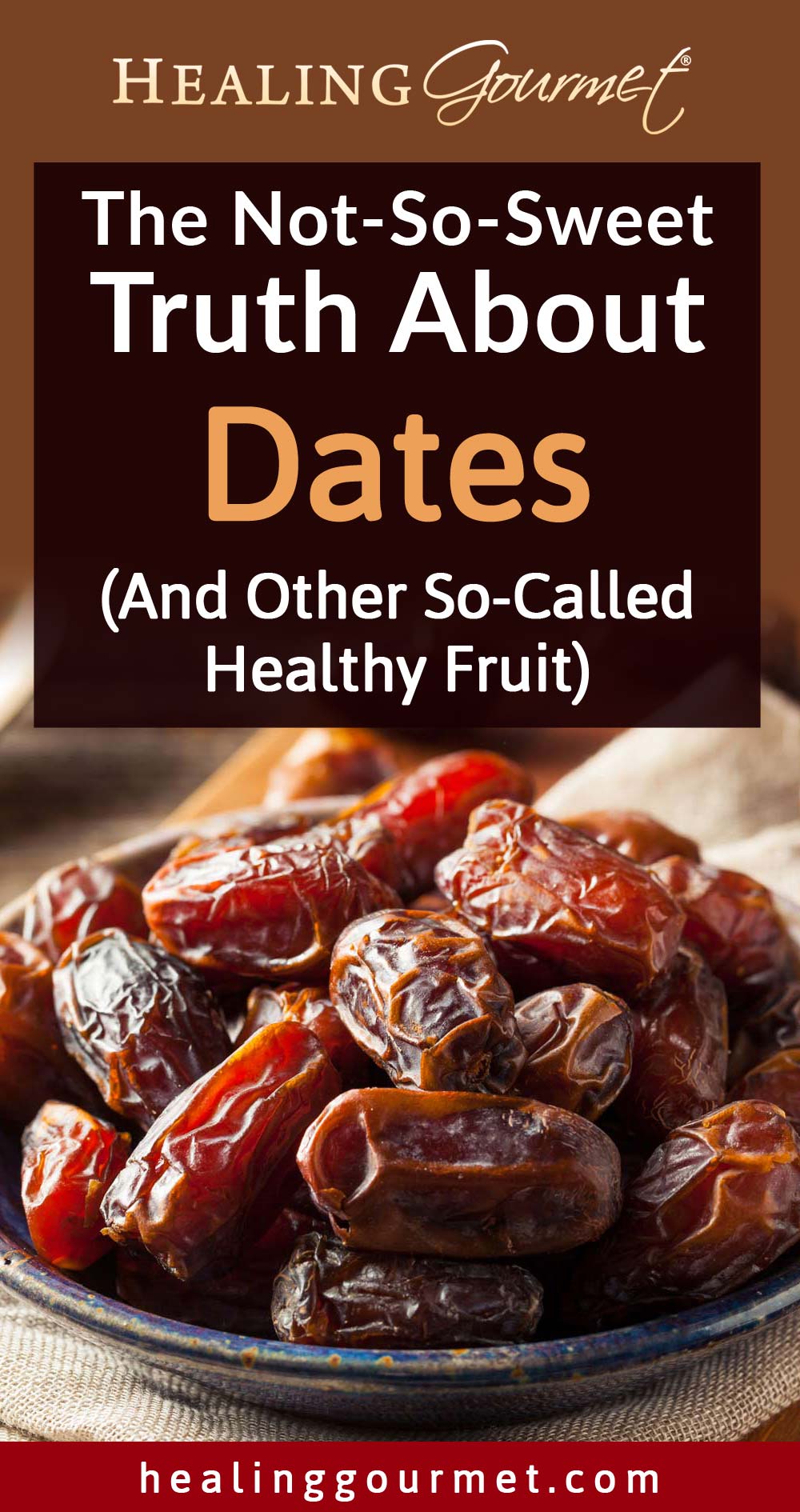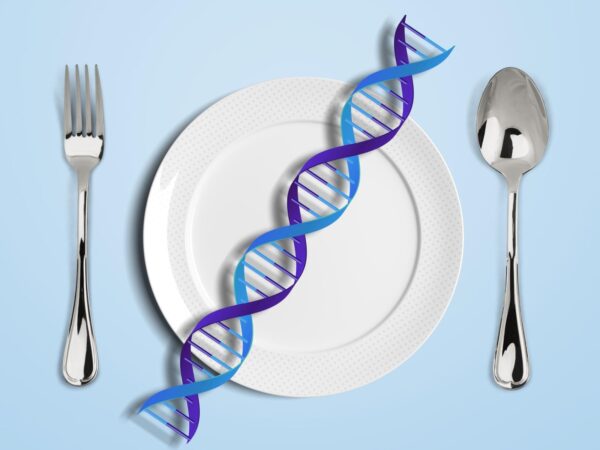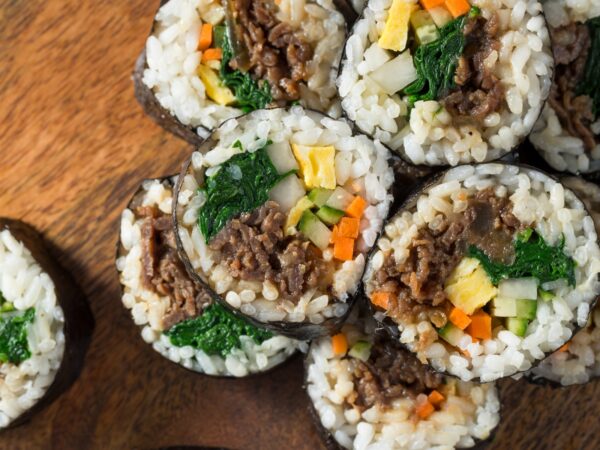The Dangers of Fructose in a Paleo Diet
Maple syrup…honey… figs… dates…
Sure they’re sweet. And technically speaking, they’re considered “Paleo.”
But let’s face it: Most so-called Paleo desserts and snack foods with these ingredients contain more sugar in one serving than our Paleo ancestors ate in an average month.
And if you make these foods a regular part of your diet, that can be bad news for your health and waistline. In fact, research shows that as sugar consumption goes up longevity goes down. Worse still, as your consumption of sugar goes up, your risk for chronic diseases, obesity and physical aging rises in parallel.
The Whitehall Study, which spanned 33 years and evaluated 451,787 people, found that all-cause, cardiovascular, and respiratory mortality were significantly higher among individuals with elevated blood sugar levels. This study also showed that sugar intake and mortality were dose-dependent. In other words, the more sugar you eat, the higher your risk.
And it makes little difference whether that sugar comes in the form of a soft drink, a syrup-sweetened dessert, or a food bar filled with dates.

Sugar: The Not-So-Sweet Drug
While enjoying a sugary dessert once in a while isn’t likely to do much harm, the issue lies in sugar’s addictive qualities. This makes it difficult to stop eating sugary foods once you start.
Make no mistake, sugar is a drug. And a powerful one, at that.
Eating sugar stimulates physiological reactions that cause the release of adrenaline. This is the same hormone responsible for the “high” you might feel after riding a roller coaster. Sugar also triggers the production of your brain’s natural opioids – one of the key factors in addiction.
In fact, a recent study published in PlosOne found that sugar is more addictive than cocaine. The researchers believe that the receptors on our tongue that taste “sweet” evolved in ancestral times when our diets were very low in sugar (5 pounds per year versus the 175 pounds we consume on average today).
These receptors have not yet adapted to our Neolithic levels of sugar consumption. And stimulating these receptors creates excessive reward signals in the brain. The result: Our normal self-control mechanisms are overridden, leading to addiction.
And if that’s not enough, sugar also decreases your body’s production of the appetite control hormone leptin… while simultaneously increasing levels of ghrelin, an appetite-boosting hormone.
In short, eating sugar causes an increase in hunger… the desire for sugary foods… the hormones that contribute to weight gain… and the key risk factors for chronic disease.
But what about Paleo sources of sugar? Aren’t they a better alternative, and more suitable to our genetic makeup?
Fructose: The Un-friendly Sweetener Found in Fruit
Many people mistakenly believe that sugar from fruit is better than other kinds of sugar.
Fruit is healthy, right? Not so fast…

In fact, the sugar found in fruit – called fructose – is a particularly damaging form of sugar. Fructose has been found to:
- Cause digestive distress in sensitive individuals with dietary fructose intolerance (DFI) – roughly 33% of the population
- Raise ghrelin levels – a hormone that boosts appetite
- Deplete mineral levels in the body
- Tax the liver and contribute to fatty liver disease
- Increase uric acid levels – raising blood pressure, insulin production and impairing kidney function
- Increase triglyceride and oxidized LDL levels – key factors in heart disease and metabolic syndrome
- Damage neurons, contributing to memory loss and cognitive decline
- Promote glycation – the binding of sugar to protein which causes both inflammation and oxidation – key factors in every chronic disease
It’s not that fruit is inherently bad. In fact, if you consumed fructose as our ancestors did – from vegetables and fruits, packaged along with fiber, vitamins, minerals and enzymes – you’d only be consuming around 15 grams per day.
But the average adolescent gets 73 grams of fructose per day… from sweetened drinks alone!
We have taken fructose out of its evolutionary context. And in doing so are suffering a set of metabolic consequences that our Paleo ancestors never did. For those of us following a Paleo diet, enjoying a date-sweetened truffle or maple syrup brownies may seem like an innocent indulgence. And if it is only occasional, then it is innocent.
But many people are operating under the assumption that these are “free foods” to be eaten as often as desired. Dates and maple syrup are mainstays many “Paleo” grocery lists. But as your consumption of these foods goes up, so does your intake of fructose.
Fructose in Common Foods
To put your average fructose consumption in perspective, consider the amounts in these common foods:
|
|
It’s easy to see how using concentrated sources of sweetness – like dried fruits, maple syrup and honey – in “Paleo” dessert recipes can quickly drive fructose intake to unhealthy levels.
A Low Sugar Diet = A Longer, Healthier Life
When reaching for fructose-containing foods – weigh the benefits. For example, a cup of dark berries is a better choice than a cup of melon, as it is rich in powerful antioxidants and lower in fructose. Similarly, raw honey – in small amounts – provides antioxidant benefits.
For natural sweetening power in your baking, consider creating a low sugar, low fructose blend of the following:
- Non-GMO or Organic Erythritol – A zero calorie, zero glycemic sugar alcohol sweetener found in common foods like pears, watermelon and soy sauce. It has antioxidant properties and can be used in baking, cup for cup, just like sugar. Choose non-GMO and organic varieties. (Not sure about sugar alcohols? Check out Mark Sisson’s take on sugar alcohols here)
- Stevia – A potent sweet herb that is best combined with erythritol to boost sweetness levels. Contains zero calories and zero sugar.
- Luo Han Guo – Derived from a super-sweet melon, this potent sweetener has no calories or sugar and is best used with erythritol.
- Coconut Sugar – Produced from the nectar of coconut flower buds, coconut sugar is 70-80% sucrose, of which half is fructose. Per tablespoon, coconut sugar contains 12 grams of sugar and 6 grams of fructose. Use sparingly – 1 Tbsp. per 12 servings.
- Coconut Nectar – Also produced from coconut flower buds, coconut nectar gives a rich caramel flavor to desserts. Per tablespoon, coconut nectar contains 13 grams of sugar and 6.5 grams of fructose. Use sparingly – 1 Tbsp. per 12 servings.
- Organic Molasses – Rich in minerals, a small amount of molasses can add a rich flavor to baked goods. Per tablespoon, molasses contains 14 grams of sugar and 7 grams of fructose. Use sparingly – 1 Tbsp. per 12 servings.
For optimum health, enjoy the native foods our ancestors did – filling your plate with nutrient-dense grass-fed beef, pastured poultry, wild fish and colorful vegetables – while keeping total daily sugars and fructose low (25 grams and 15 grams, respectively).





I have subscribed to the free report but never got a email have check all my junk mail as well?
I made homemade larabars this week with dates and after an hour or two of eating them every time, I’ve been feeling extremely agitated, anxious, and moody. I’m guessing this has to do with the high fructose/sugar content! Bananas don’t bother me but boy do dates. I never would have thought something like this would cause such a dramatic reaction for me! Looks like I’m having turmeric for breakfast tomorrow…
I had no idea that a single date had more sugar in it than a whole banana. That’s crazy. Thanks for sharing!
Surprising, right? Thanks for stopping by and taking the time to comment, Toni!
It’s funny how you mention the natural forms of sugar are so bad … then you being to list packaged kind that are….. doesn’t sound right to me, especially when you put the emphasis on ZERO CALORIES. This is misleading, our bodies need calories to survive, including sugar! I am waking up to this fact! I have cut out all sugars, including fruit and have had no energy and literal brain malfunction! Once, I started eating fruit, my energy has come back and have been thinking clearer. I just can’t fathom that you would put apples in a “bad” category……..
Jill,
Did you read the article? It discusses how “innocent” fructose causes a host of metabolic issues, backed by studies. I never put apples in a “bad” category, I merely shed light on their fructose content.
And actually, carbohydrates and sugars are the only macronutrient we do NOT need to survive. The key, however, is increasing fat to fuel the brain when carbs are limited. This allows the body to shift from a sugar-burning state to a fat-burning state which has a myriad of benefits – including improving brain function and energy, and even clearing the brain of the harmful byproducts that impair cognition.
If you cut carbs, and do not take in ample sources of healthy fat, brain drain will ensue. Read Dr. Perlmutter’s book Grain Brain for a neurologist’s viewpoint. It is enlightening!
Kelley
How come the three dates in the graphic equal 48 grams of sugar but below it says that the one date equals only 8 grams of sugar? I otherwise think this is useful information on this site. The only caviat I would offer is that if people are coming out of an unhealthy processed (Traditional American) diet then baby steps is a good place to start. Expecting yourself to operate at an optimal level of food choices as soon as you decide to do so is unrealistic and part of the problem. We have to change the way we do things slowly in order to really change them. Otherwise your going to go from eating a whole large pizza to cabbage soup for three days and then a large pizza again when you realize you can’t handle that filthy cabbage mess.
I think the dates listed below are talking about how much fructose is in them. There are many forms of sugar.
I think Each date has 16 grams of total sugars ( probably sucrose or invert sugar which is an equimolar mix of glucose and fructose) where Fructose is 50% aka 8 grams. So 3 dates = 3*16 = 48 of which 24 grams of Fructose . So the Math adds up. Too many products like juices and fruit and nut bars ( LARABAR ! ) have so much ‘natural’ sugar , that it doesn’t matter the false and misleading claims they make about zero added sugar. Id say 1/2 teaspoon of sugar is still better than eating a date or larabar. Of late i only use Barley malt syrup – 100% maltose and hence fructose free and only in sparing amounts, furthermore Maltose suppresses sweet cravings with even small amounts, because the body can use all glucose in active individuals.
My cousin is very addicted to dates. She’ll usually have up to 12 dates a day (6 deglet noor and 6 medjool). On “special treat days” which happen 1-3 a week she will have up to 18 or so (12 deglet noor and 6-8 medjool).
Sure, there are no added sugars or any other ingredient other than the dates- but this most certainly can’t be very healthy.
My two sisters and brother eat Paleo. I never could due to the fact I am severely allergic (anaphylactic) to animal based foods such as milk/dairy, eggs, fish, shellfish, meat, and gelatin. I’m also allergic to peanuts, tree-nuts, lupine, soy, and corn among several other foods. I have EGID’s and that takes out oils and avocados (among a few other foods) and I have celiac disease so no gluten. Basically saying, this takes out a lot of the considered high fat foods.
My diet basically consists of everything high carb. Many, many dates (especially the medjool kind, second the deglet noor, and sometimes honey, zahdi, barhi, and halawy dates), pastas (brown rice pasta, etc), beans, lentils, sweet potatoes, quinoa, a ton of fruit especially bananas, mangoes, pineapple, grapes, etc and fruit juices (with no other ingredients other than the fruit or fruits added in.) and those fruit leathers and rolls. I never eat white rice/products because I never liked the taste of it.
So eating a whole lot of pastas, almost daily (wheat/gluten free of course) and a hefty ton of dates- I have to have them daily, dried fruits, and fruit juice I tend to eat way more carbs and naturally occurring sugars than the typical average person. Which is also high in calories, so I probably overdo it a little in the calories aspect as well… or maybe more than that.
I don’t think I have really hit any health conditions (yet) but I do have that body type where you look thin/on the outside to others, average/considered healthy BMI when you get the annual checkup, but in reality I do have body fat and the part of my body it likes to go is right to the belly- and it’s stayed basically ever since. Which I know isn’t healthy. I also tend to get hungry quickly/easily and of course am tired and tend to nap/sleep after eating.
You state ‘colorful’ vegetables , but aren’t some vegetables fairly high in sugar – like Beets ( which are also raised to make sugar ) ? And in cold temperate countries , starchy low fructose root veggies do not grow well since fructose makes the plant cells resistant to frost damage, with potatoes being a notable exception. Whereas in the tropics – paleo friendly Complex starches are common in root vegetables like Taro and True Yams ( not fructose filled , overrated and disgustingly sweet ‘sweet’ potatoes ) as well as Plantains .Its an evolutionary adaptive trend that made Fructose the storage sugar in cold weather vegetables and even grasses – that’s why Wheat, Rye are higher in Fructans.Fructose based polymers does not crystallize in cold weather the way glucose based starches do and help the plant to withstand frost damage.
Hi Arrow,
You’re a smart cookie 🙂
If you take a look around the site, we promote above-ground veggies for blood sugar balance. Roots and tubers, as you note, are higher in storage sugar.
Thanks for stopping by!
Kelley